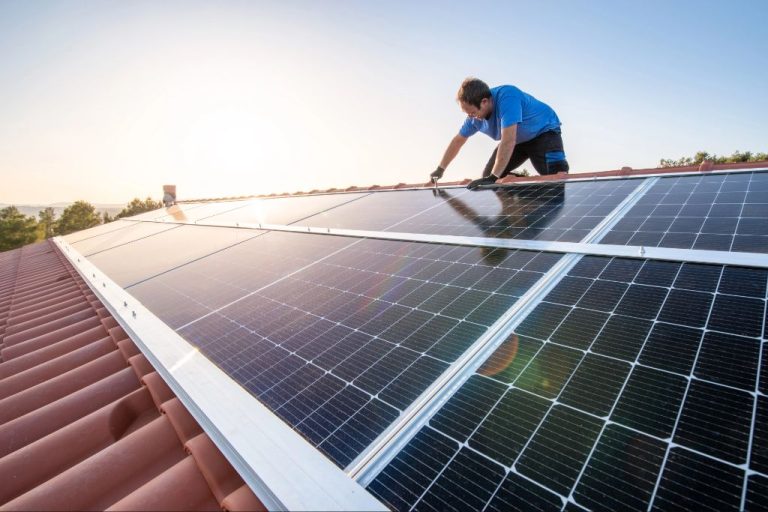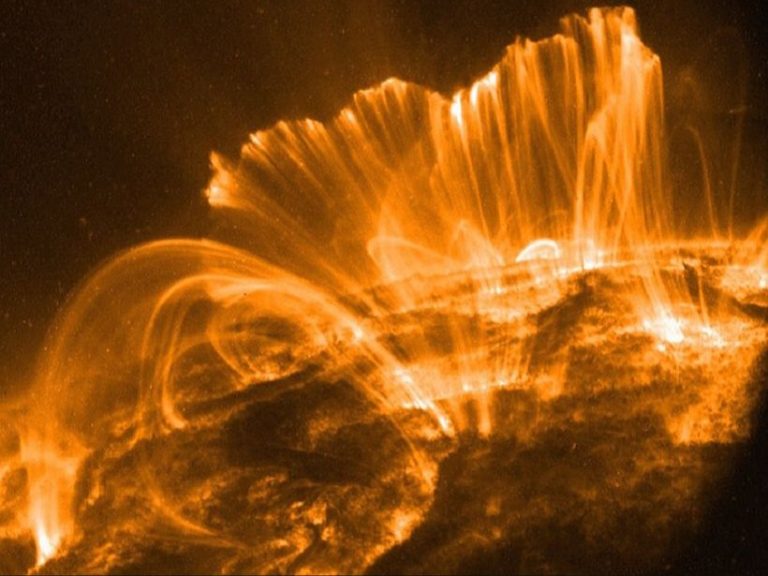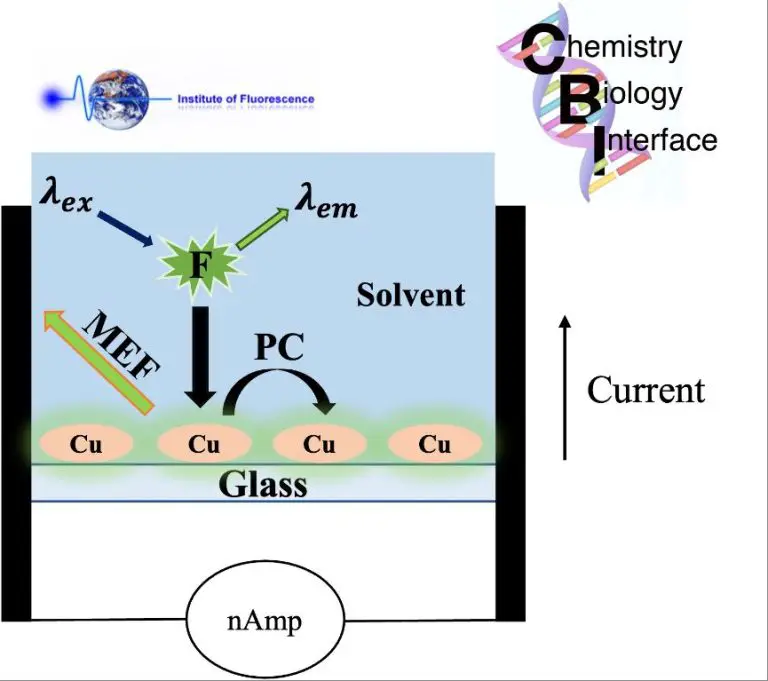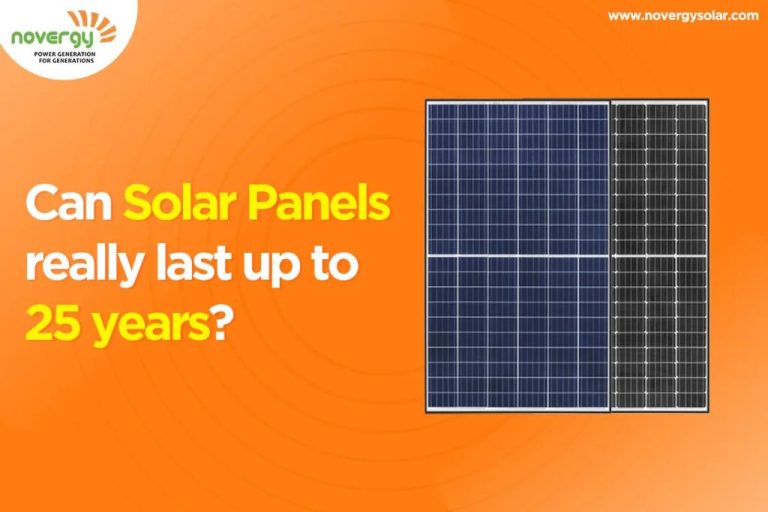Are Solar Powered Heaters Any Good?
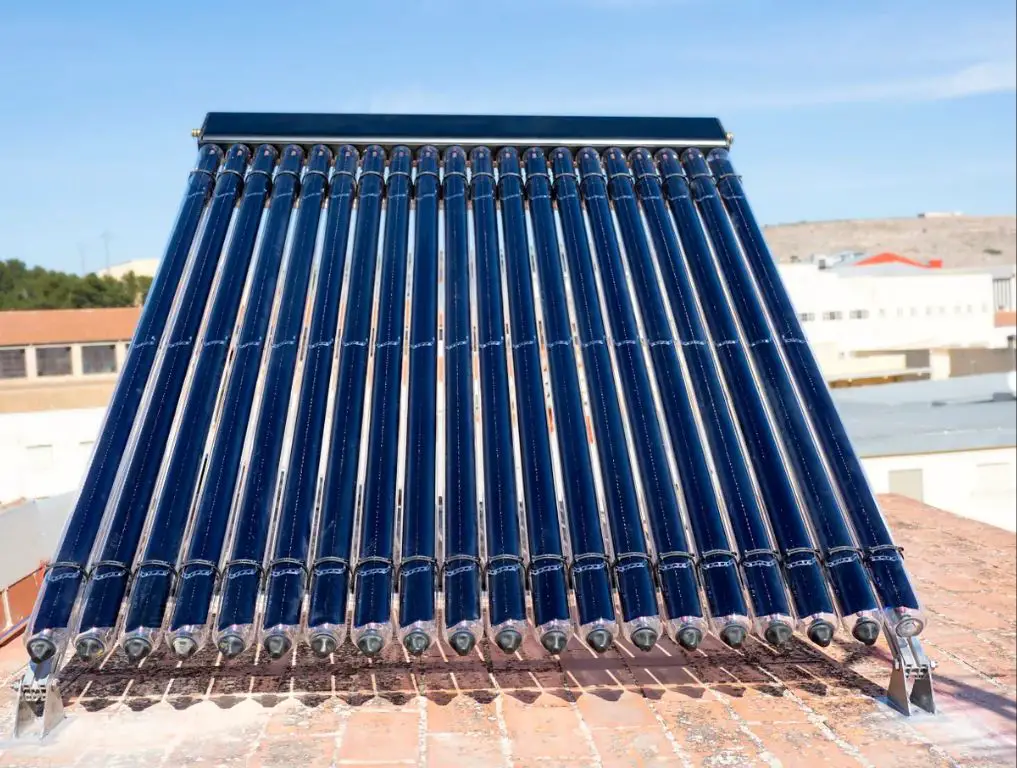
Solar water heaters, also known as solar domestic hot water systems, are devices that use energy from the sun to heat water for residential use https://www.energy.gov/energysaver/solar-water-heaters. They typically consist of solar thermal collectors mounted on the roof that harness heat from the sun, which is then transferred to a storage tank. The solar-heated water flows to standard plumbing fixtures throughout the home.
Solar water heating can significantly reduce the amount of electricity or gas needed to heat water conventionally. However, there are both advantages and disadvantages to consider when deciding if solar water heaters are a worthwhile investment. This article will analyze the pros and cons, costs, installation, efficiency, maintenance, aesthetics, and alternatives to help determine if solar water heaters are a good option.
Pros of Solar Water Heating
Solar water heating systems offer several benefits that make them an attractive option for many homeowners. Some key pros include:
Environmentally Friendly
Solar water heaters rely on clean, renewable solar energy rather than fossil fuels like gas or electricity. This makes them an eco-friendly way to heat water with zero emissions (Source).
Reduce Energy Bills
By using freely available solar energy, solar water heating systems can cut your energy costs significantly. You’ll reduce your reliance on your gas or electric water heater (Source).
Work in All Weather
Solar water heaters work year-round, even in cloudy or cold conditions. The solar collectors will still absorb heat to warm the water (Source).
Long Lifespan
With proper maintenance, a solar water heating system can last 20-30 years. This provides great value for the initial investment (Source).
Low Maintenance
Solar water heaters have very few moving parts. Once installed, they require little maintenance beyond occasionally checking the system (Source).
Cons of Solar Water Heating
While solar water heating has many benefits, there are some potential downsides to consider as well:
High upfront costs – Purchasing and installing a solar water heating system can cost thousands of dollars upfront. This is significantly more expensive than a conventional water heater [1].
Roof must be suitable – To effectively capture sunlight, solar thermal collectors need to be installed on a south-facing roof with minimal shading. Not all homes meet these criteria [2].
Backup may be needed – Solar water heaters rely on sunshine, so they may need a backup electric or gas system for extended cloudy periods. This adds complexity and cost [1].
Aesthetics – Solar panels on the roof can alter the look and curb appeal of a home. Careful placement is required for an attractive installation [3].
Overall, while solar hot water can provide long-term savings, the high initial investment and site-specific requirements can be deterrents for some homeowners.
Cost Savings
According to the US Dept of Energy, the average system cost of a solar water heater is $1000-$5000 depending on its size and type of collectors installed. The payback period for a solar water heater is around 6-12 years due to the upfront costs.
However, there are financial incentives that can reduce that payback period. Many states and utility companies offer rebates and tax credits for installing a solar water heating system. For example, the federal solar tax credit provides a 26% tax credit for systems installed through 2032. Some state/local governments also have additional incentives that range from $300 to $2000.
Taking advantage of these financial incentives can reduce the payback period down to 3-7 years. According to EnergyStar.gov, a homeowner can potentially save about $280/year on electricity costs with a solar water heater compared to a conventional electric water heater. Over a 15-20 year lifespan, the lifetime savings can add up to $4,200-$5,600.
Installation
Installing a solar water heating system can be done as a DIY project or by hiring a professional installer. According to EnergySage, the main steps for installing a solar hot water system are:
- Sizing the system
- Permitting
- Mounting the collector panels
- Installing the solar storage tank
- Connecting the piping
- Adding glycol and sealing the system
For a DIY installation, you’ll need roof access, basic plumbing skills, and the ability to follow instructions carefully. According to The Family Handyman, the roof should face south if possible, with minimal shading or obstructions. The solar collector panels are relatively lightweight but require secure mounting. The storage tank needs to connect into the existing water heating system.
Professional installers have the experience to size and site the system properly, pull necessary permits, and service the system if needed. They can also assess if your roof is suitable. The complexity of the job and local regulations will determine if a professional installation is recommended.
Efficiency and Performance
Solar water heaters are designed to be efficient and maximize energy production from the sun. On average, solar water heaters can provide 50-80% of hot water needs, with high performing systems able to provide up to 90-100% [1]. The amount of hot water produced depends on several factors:
- Solar collector size – Larger collectors can harness more energy from the sun.
- Solar intensity – More sunlight equals more energy. Production is higher in summer vs. winter.
- Insulation – Well insulated tanks prevent heat loss.
- Local climate – Sunnier climates produce more.
- Hot water usage – Systems are sized based on typical household demand.
In optimal conditions, the most efficient evacuated tube solar heaters can heat water to temperatures exceeding 250°F and achieve system efficiencies over 90% [2]. This compares very favorably to traditional electric and gas water heaters which operate around 50-60% efficiency.
Maintenance
Solar water heaters require regular maintenance to keep them operating efficiently. The solar collectors and pipes should be inspected annually for leaks, damage or debris buildup. The collectors can be rinsed with a garden hose to remove dust and dirt. More thorough cleaning may require special solar collector cleaning chemicals to remove scale deposits and restore energy efficiency.
The system’s valves, pumps, and controls should also be checked to make sure they are functioning properly. Minor repairs like replacing gaskets or o-rings can prevent more serious leaks or damage down the road. The solar storage tank may need to be flushed periodically to remove sediment that can build up over time.
With proper maintenance, a solar water heating system can last 20-30 years or longer before needing major repairs or full replacement. Following the manufacturer’s maintenance recommendations can maximize the lifespan. If repairs are needed, a solar contractor can troubleshoot issues and service the system to keep it operating efficiently.
Aesthetics
The aesthetics of solar water heating systems can be a concern for some homeowners. The solar collector panels are usually installed on the roof and depending on the type of panels, may be more or less visible.
Flat plate collectors tend to lie flatter on the roof, but still have a noticeable rectangular shape. Evacuated tube collectors stand out more with their rows of vertical glass tubes.
The storage tanks can also impact aesthetics if they are large and mounted on the exterior of the home. Some options to improve aesthetics include:
- Painting panels or tanks to match roof color
- Installing panels flush with the roof
- Using decorative fencing or visual barriers to hide components
- Placing tanks in garages or landscaping to obscure view
- Using a solar shingle system that integrates with roofing material
Newer systems aim for a sleeker, lower profile design to make solar water heating an option for style-conscious homeowners. With creative installation, the aesthetic impact can be minimized. See more photos and ideas at the Energy Saver website: https://www.energy.gov/energysaver/solar-water-heaters
Alternatives to Solar Water Heaters
There are several other types of water heating systems that serve as alternatives to solar water heaters:
Heat Pump Water Heaters
Heat pump water heaters use electricity to move heat from the surrounding air into the water tank [1]. This makes them 2-3 times more energy efficient than conventional electric resistance water heaters. Heat pumps work well in mild climates but performance decreases in extremely cold weather.
Tankless Water Heaters
Tankless water heaters, also known as on-demand or instantaneous water heaters, provide hot water as needed without using a storage tank [2]. Gas tankless heaters provide a continuous flow of hot water but are generally more expensive upfront. Electric tankless models can be less efficient in colder climates.
Traditional Storage Tank Water Heaters
Traditional water heaters use either natural gas, propane, or electricity to heat water stored in an insulated tank. Though energy efficient models are available, traditional water heaters can lose heat over time since they maintain water temperature even when hot water isn’t needed.
Conclusion
In summary, solar powered water heaters have both pros and cons. On the pro side, they can provide significant cost savings on your energy bills, are better for the environment, and require little maintenance. The main cons are the high upfront installation cost, decreased efficiency in colder climates, and the aesthetics of roof-mounted systems.
Solar water heating works best for homes that use a lot of hot water, have an energy efficient building envelope, and get a good amount of year-round sunlight. The savings may not justify the cost for homes with lower hot water usage.
Overall, solar water heating is a good option for the right homes and climates. For people concerned about their energy usage and carbon footprint, the long-term savings and environmental benefits can make the initial investment worthwhile. Just be sure the costs and aesthetics make sense for your home.

